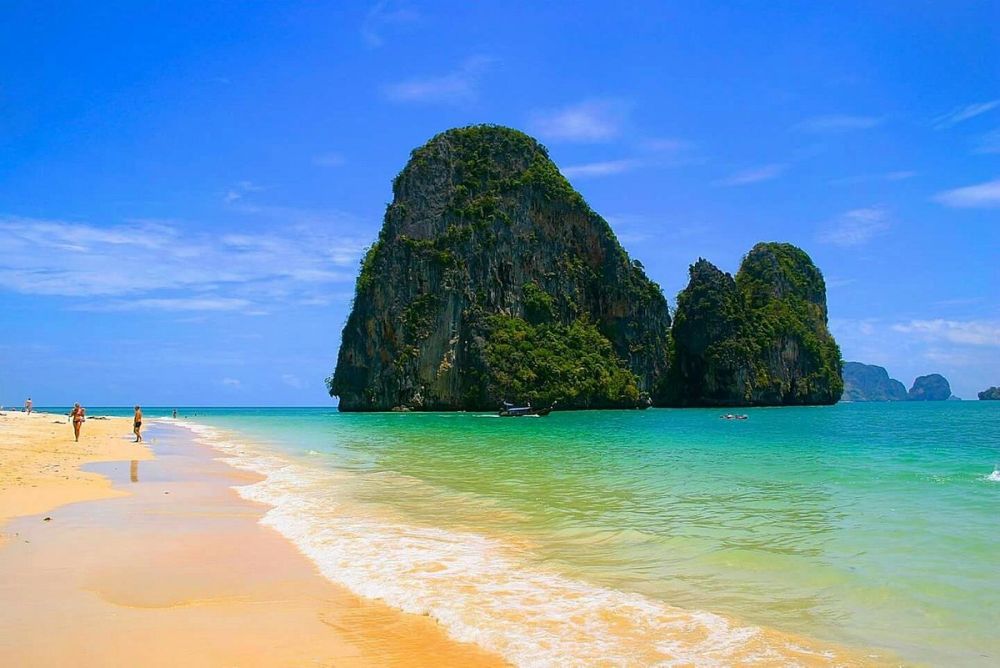

Phra Nang Cave Beach is among the most picturesque and captivating tourist destinations in Thailand. Nestled on the southern tip of Railay Peninsula in Krabi province, this stunning beach is not only famous for its crystal-clear waters and powdery sands, but also for the intriguing Princess Cave, or Tham Phra Nang Nok, that holds a significant place in local lore.
The history of tourism at Phra Nang Cave Beach is relatively recent compared to other regions of Thailand. The area was largely inaccessible until rock climbers discovered Railay in the 1980s, after which it slowly began gaining recognition for its natural beauty and potential for outdoor activities. Since then, tourism has flourished in Krabi province, with Phra Nang Cave Beach emerging as a prime destination for travelers seeking a serene beach environment combined with the mystique of its sacred cave.
Tham Phra Nang Nok, or the Princess Cave, is shrouded in legend. It is believed to be the home of the mythical sea princess (Phra Nang) whom local fishermen have revered for generations. The cave contains a collection of offerings and phallic-shaped statues known as “Lingams” that are thought to appease the spirit of Phra Nang and ensure safe travels for fishermen at sea. This cultural aspect has become an intriguing facet for tourists visiting the beach.
As more tourists started visiting Krabi, local businesses including hotels, restaurants, and tour operators blossomed. This growth, however, brought about increased awareness of the delicate natural environment. Efforts have been implemented to conserve the area's pristine conditions. Eco-friendly tourism practices are encouraged to ensure future generations can also enjoy the beauty of Phra Nang Cave Beach.
The latest trend in tourism at Phra Nang Cave Beach, similar to global tendencies, is a shift towards sustainable travel. Visitors are now more conscious of their environmental impact and seek out experiences that contribute to the preservation of the local ecosystem. Eco-tours, sustainable accommodations, and community-based tourism initiatives that support the local economy are growing in popularity.
Despite its somewhat remote location, Phra Nang Cave Beach is accessible by a short boat ride from the mainland. Tourists can enjoy a range of activities from rock climbing and sea kayaking to snorkeling and simply relaxing on the beach. The monolithic limestone cliffs surrounding the beach provide a world-class climbing destination that attracts enthusiasts from across the globe.
Today, Phra Nang Cave Beach remains a jewel in Thailand's tourism crown, drawing travelers with its enchanting landscape, intriguing traditions, and commitment to sustainable tourism practices. It stands as a testament to how responsible tourism can preserve the environment while sharing unique cultural experiences.